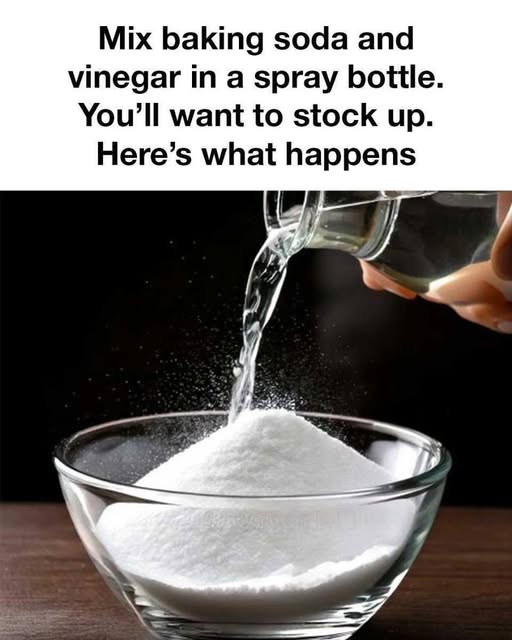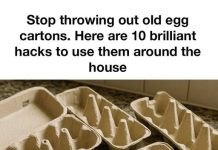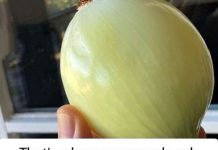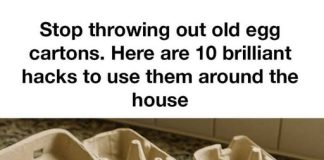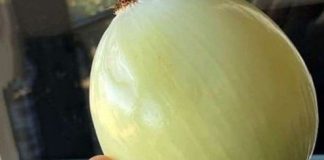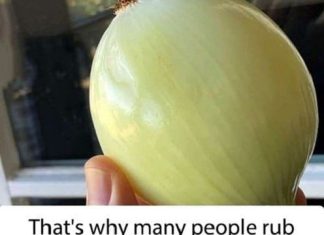The combination of vinegar and baking soda is one of the most well-known and widely used mixtures in both science demonstrations and household cleaning routines. While it may seem simple, this fizzy reaction is based on fascinating chemistry and offers countless practical applications.
The Science Behind the Fizz
What Happens When You Mix Them?
When baking soda (sodium bicarbonate) and vinegar (acetic acid) are combined, they create a chemical reaction. The acid in vinegar reacts with the base in baking soda, producing three things:
- Carbon dioxide gas (CO₂) – this causes the bubbling and fizzing.
- Water (H₂O)
- Sodium acetate – a salt that remains in solution.
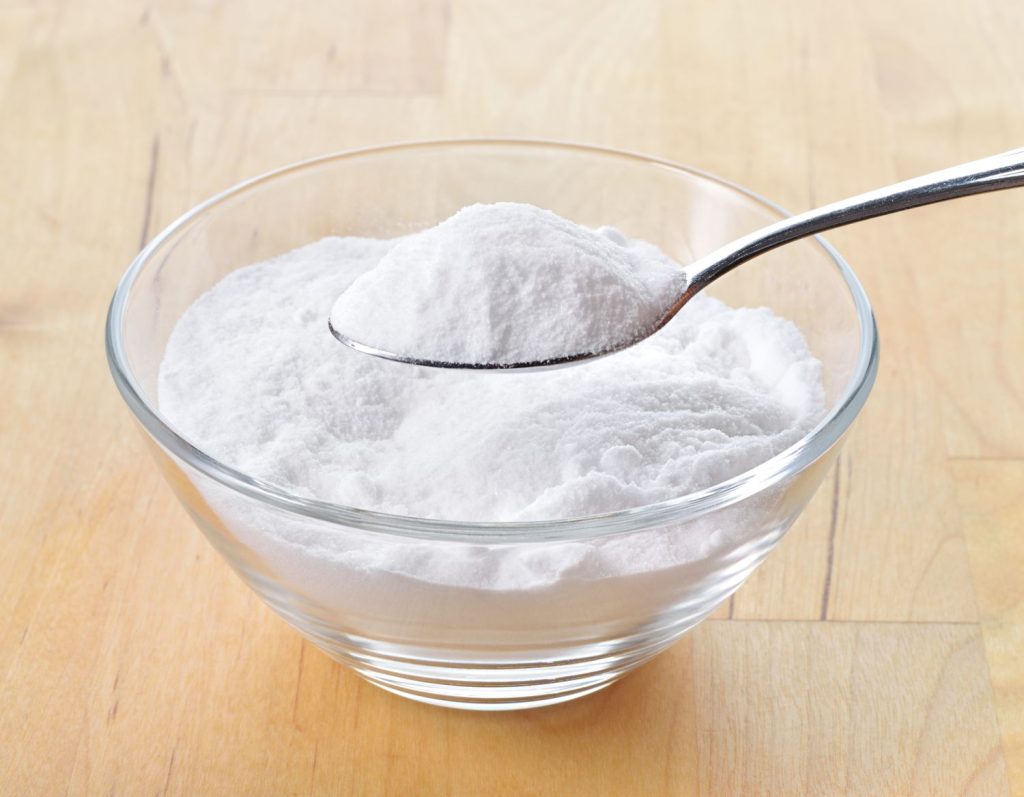
The bubbling you see is carbon dioxide escaping the liquid, creating that satisfying foamy eruption. This reaction is what makes the combination perfect for school science projects, such as making model volcanoes “erupt.”
Why It’s Used in Cleaning
A Natural and Affordable Cleaning Duo
The vinegar-and-baking soda mixture is a non-toxic, eco-friendly, and affordable alternative to harsh chemical cleaners. Each ingredient plays a role:
- Baking soda is a gentle abrasive and a natural deodorizer.
- Vinegar is a mild acid that dissolves grime, grease, and mineral deposits.
Though their reaction neutralizes each other to an extent, their combined effect during the reaction can help loosen dirt and debris. In some cases, it’s best to use them in sequence rather than mixed, depending on the task.
Common Household Uses
1. Unclogging Drains
Pour ½ cup of baking soda down the drain, followed by 1 cup of vinegar. Let it fizz for 10–15 minutes, then flush with hot water. This can help break down grease and minor clogs.
2. Deodorizing Carpets
Sprinkle baking soda on your carpet, let it sit for 15–20 minutes, then vacuum. Spray vinegar lightly afterward to neutralize odors (test a small area first).
3. Cleaning Sinks and Tubs
Sprinkle baking soda on dirty surfaces, spray with vinegar, scrub gently, and rinse. This works well on soap scum and light staining.
4. Freshening Garbage Disposals
Drop in baking soda, then vinegar, and let it bubble. Rinse with hot water for a fresh-smelling drain.
What Not to Do
Though this combo is great for many things, it’s not ideal for every task:
- Avoid using it on natural stone surfaces like granite or marble. Vinegar’s acid can cause damage.
- Don’t use it inside dishwashers or washing machines without checking the appliance manual.
- The fizzing effect is short-lived, so for cleaning, it’s best to apply it immediately after mixing—or use one after the other.
Is It Safe?
Yes! Vinegar and baking soda are generally safe to use around children and pets. However, always be cautious:
- Do not seal them in a container after mixing—they produce gas and could cause pressure buildup.
- Avoid inhaling the fizz directly or getting the mixture in your eyes.
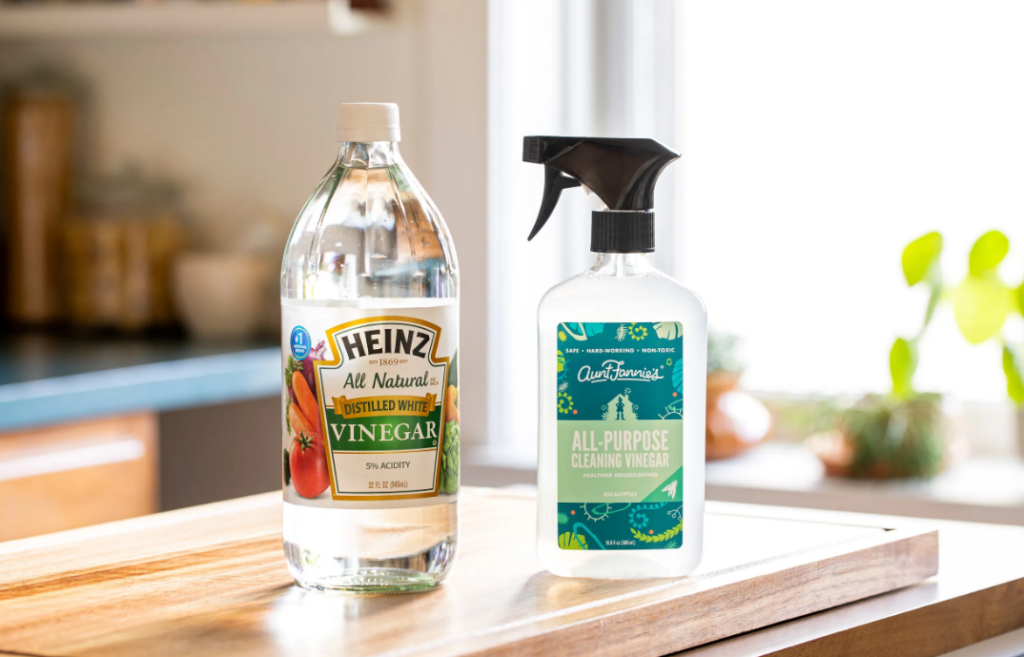
Final Thoughts: Simple Chemistry, Big Results
The mixture of vinegar and baking soda is a perfect example of how basic household ingredients can create powerful, science-backed results. Whether you’re unclogging a drain, scrubbing a bathtub, or impressing kids with a fizzy science demo, this timeless duo continues to prove that sometimes, the simplest solutions are also the most effective.

